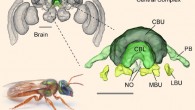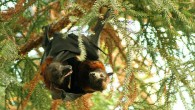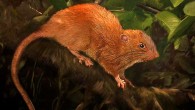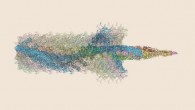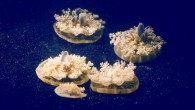According to a study led by Dr. Javier Lazaro of the Max Planck Institute for Ornithology, the skulls of Eurasian shrews (Sorex araneus) shrink in anticipation of winter, by an average of 15.3%; as spring approaches, their skulls grow again to approach their previous size. The study appears in the journal Current Biology. The Eurasian shrew (Sorex araneus). Image credit: Karol Zub. “We found that each shrew undergoes a dramatic decrease in braincase...

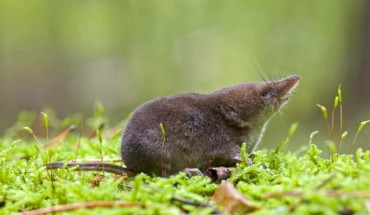


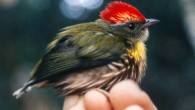



![KLFs are a subfamily of zinc finger transcriptional regulators with highly characterized roles in proliferation, survival, metabolism, and response to stress. Hsieh et al demonstrate that KLFs are critical determinants of aging, influencing both lifespan and age-related deterioration, and are broadly required for lifespan extension in all four mechanistically distinct longevity models tested. Importantly, the team provides evidence that these effects are mediated by KLF regulation of autophagy (autophagy was assessed using a GFP::LGG-1 translational reporter; GFP-positive puncta [red arrow] were counted in 30-150 total hypodermal seam cells in 10–20 animals) and are conserved in a mammalian system via a functional ortholog, KLF4. Together, the findings provide a role for the KLFs as a transcriptional regulatory point in longevity. Image credit: Hsieh et al, doi: 10.1038/s41467-017-00899-5.](https://cdn.sci.news/images/2017/10/image_5324-Aging-Pathway-195x110.jpg)
